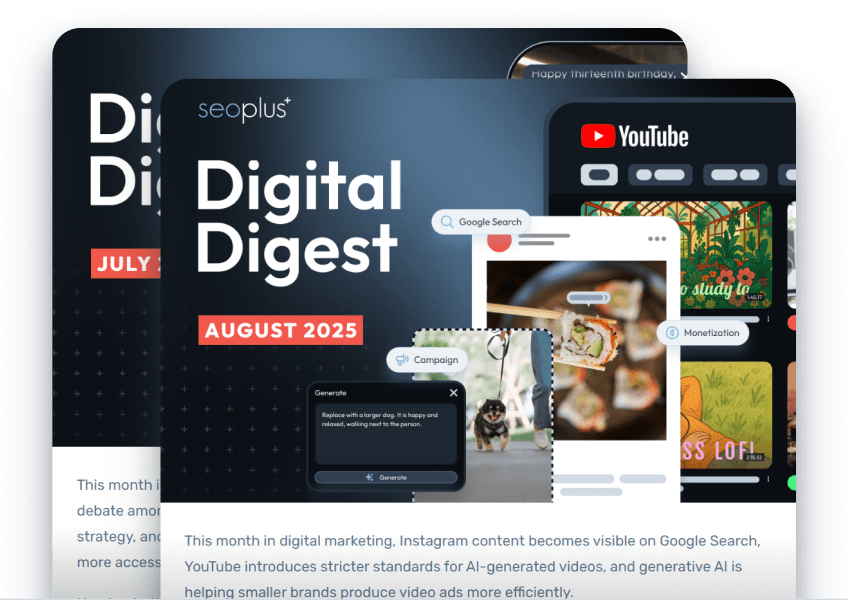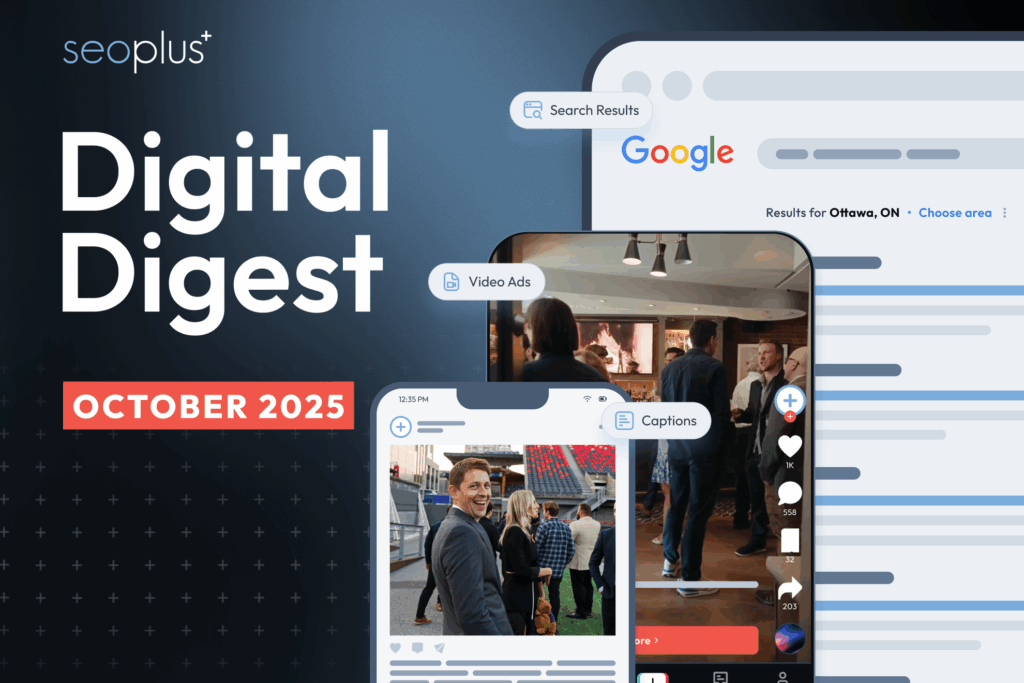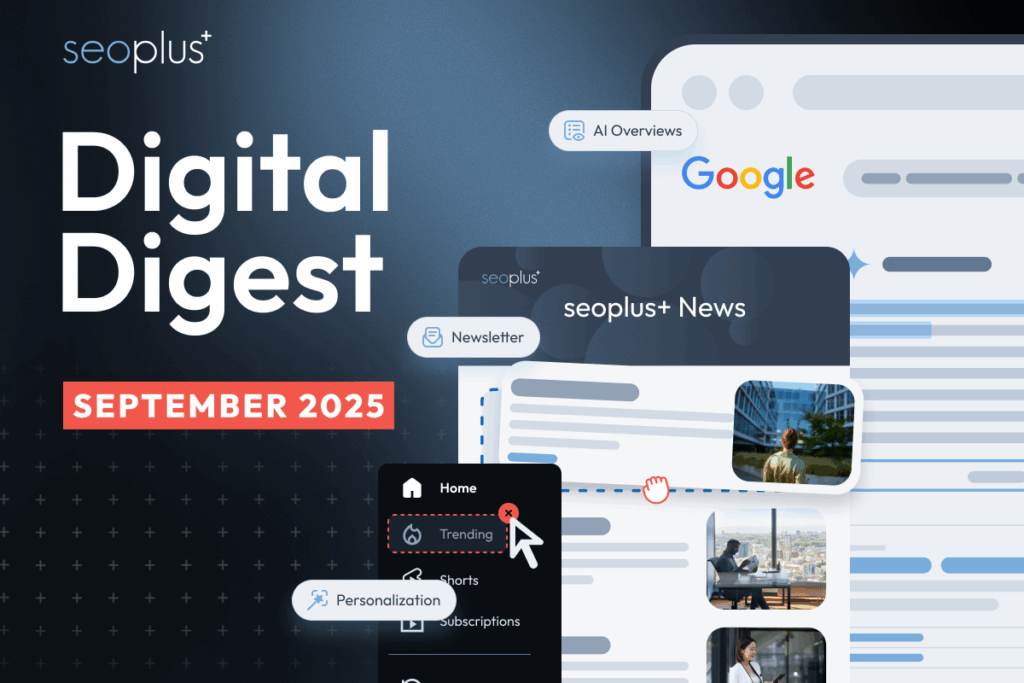If you’re managing marketing for a multi-location business, you know the drill. Every day, there’s a steady flow of small updates demanding your attention. It might be a request to update hours for one location because of a staffing issue. Another store might need a notice put up on social media due to electrical issues. Or, a franchise owner is pushing for answers about a drop in their lead flow.
These seemingly small tasks add up fast. And while they’re essential, they’re also costly. The time spent on these minor adjustments chips away at hours that could go toward strategies driving real growth. Instead of setting your brand up for long-term success, you end up reacting to issues that only keep the status quo.
In this post, we’ll break down how granular overload prevents multi-location marketers from focusing on big-picture strategies—and what you can do to get out of the weeds and into the driver’s seat.
Why is granular overload disruptive?
Big effort, small impact
You’ve never been busier—you’re in demand, closing tasks left and right, and making progress on an endless list of updates. But there’s a weight to it. With every hour spent on these small details, there’s a growing sense that the real work—the work that fuels you as a marketer—is slipping further out of reach. Instead of driving strategic growth, you’re trapped in the daily grind. Your big-picture goals like brand growth, customer engagement, and consistent messaging get sidelined.
We see this issue with clients all the time. Highly accomplished and ambitious marketing teams are stuck mapping opening dates in spreadsheets, managing job postings, or tracking ad budgets throughout the month trying to maintain optimal pacing. The high impact work? Left in the to-do pile.
Lost opportunity for strategy
Every hour spent on operational maintenance is an hour not spent on strategic initiatives. High-impact work, like campaign planning, brand innovations, and competitive analysis, requires dedicated time and focus. These are the strategies that could elevate all locations and build real momentum for your brand. But if you’re constantly managing the details, those opportunities for meaningful progress pass you by.
Imagine what your team could accomplish if they had the time to conduct an in-depth brand analysis, launch an integrated seasonal campaign, or explore new customer engagement initiatives. These high-impact projects drive growth across all locations, yet they’re often left on the back burner.
Are you stuck in the weeds?
Common signs of granular overload
If you feel like you’re struggling to make strategic headway, you’re likely experiencing granular overload. Here are some signs:
- Running out of time for strategic planning: You’re so busy managing daily tasks that there’s little room for big-picture planning.
- Focusing on local fixes rather than brand growth: Instead of rolling out brand-wide initiatives, you’re addressing location-specific issues day after day.
- Feeling frustrated with a reactive work environment: You’re constantly firefighting, handling issues as they come in rather than driving proactive marketing efforts.
The impact on your marketing team
The ripple effect of granular overload goes beyond the leader. Teams feel stretched thin when they’re in constant reaction mode, and it’s not fulfilling work. Rather than contributing to long-term goals, they’re just keeping things running. This can create low morale, high turnover, and even productivity loss as your marketing team struggles to connect their day-to-day actions with meaningful outcomes.
How to break free from granular overload
Automate the repetitive
Start by automating the routine updates wherever possible. Location management software, social scheduling tools, or content management systems (CMS) that allow for multi-location updates can significantly cut down on repetitive work. By automating tasks like profile updates or scheduled content changes, you’ll free up time for strategic planning without sacrificing accuracy or consistency.
One client was swamped with daily requests for hours updates, many of which were vague. They implemented an intake form that streamlined requests and eliminated confusion, saving hours every week that were redirected into a high-impact project: strategizing marketing integration for an upcoming acquisition of their biggest competitor.
Empower local teams
Local teams know their communities best, and by giving them the authority to manage certain updates, you can reduce the load on centralized marketing. When a store manager can directly update hours or handle routine inquiries, your centralized team can focus on broader initiatives. This empowers local staff to act quickly and makes your centralized team more agile and focused.
Document and streamline
Create standardized workflows, templates, and checklists for common requests. A protocol for recurring tasks can cut down on time spent deciding how to handle each situation. This could mean documenting answers to FAQs, creating a response template for common issues, or providing a simple “decision tree” for local teams. With this approach, you can ensure consistency across locations without getting bogged down in the details.
We’ve had a lot of success creating “blueprints” for clients for standard tasks. For example, when a client shares that they’re opening a new location, we trigger the creation of all tasks for our team automatically. From design and development to SEO and paid ads, everyone follows the process to execute fast, accurate, and high-quality work to get the new store live.
Outsource operational work through staff augmentation
If automation and local delegation aren’t enough, consider teaming up with an agency for operational support. A specialized agency can take on the granular tasks so your team can focus on what matters most: driving growth. By outsourcing these repetitive updates to a partner, your team finally has the time to dive deeper into strategic initiatives.
We’ve worked with multi-location businesses that outsourced all kinds of grinding tasks to our team, freeing their internal teams to focus on deep strategic work. Less reacting to today’s form entries, more planning next year’s innovations.
Reclaim your time for strategy
Schedule time for high-impact work
Even during busy weeks, set aside blocks of time dedicated to strategic planning. Consider designating specific days or times each week for “strategy-only” work. Whether it’s building out a seasonal campaign, analyzing brand performance, or brainstorming new customer engagement ideas, this time can’t be interrupted by operational tasks.
At seoplus+, we’ve had lots of success with a day called Tactical Tuesday, a day reserved for deep thinking instead of meetings and quick-fix tasks.
Set boundaries for daily tasks
Avoid task-switching by setting boundaries around when you handle granular work. For example, allocate specific hours of the day for minor updates and leave the rest of the day open for big-picture work. Using a project management tool can also help you prioritize tasks, ensuring that operational work doesn’t overtake strategic initiatives.
We find it’s most helpful to reserve the first and last hour of each day. In the morning, you execute the things that came into your inbox overnight, then pivot to deep work for the rest of the day. Before you close up, you reserve a window of time to action anything time-sensitive that came in throughout the day.
Engage your team in the vision
When teams understand the big picture, they’re more likely to take initiative and find efficiencies in their own roles. By sharing long-term goals with your team, you create a shared sense of purpose, and this alignment can empower them to streamline tasks or automate where possible. The result? A team that works toward the brand’s future instead of just today’s list of fixes.
Conclusion
Managing the day-to-day details is part of the job—but it doesn’t have to take over your day. By stepping back from granular tasks and focusing on strategic priorities, you’ll be able to deliver lasting results that go beyond short-term maintenance. Reclaim your time, redirect your focus, and watch as your multi-location brand moves from maintaining the status quo to achieving true growth.
Ready to make a change? Reach out and see how seoplus+ can help.






